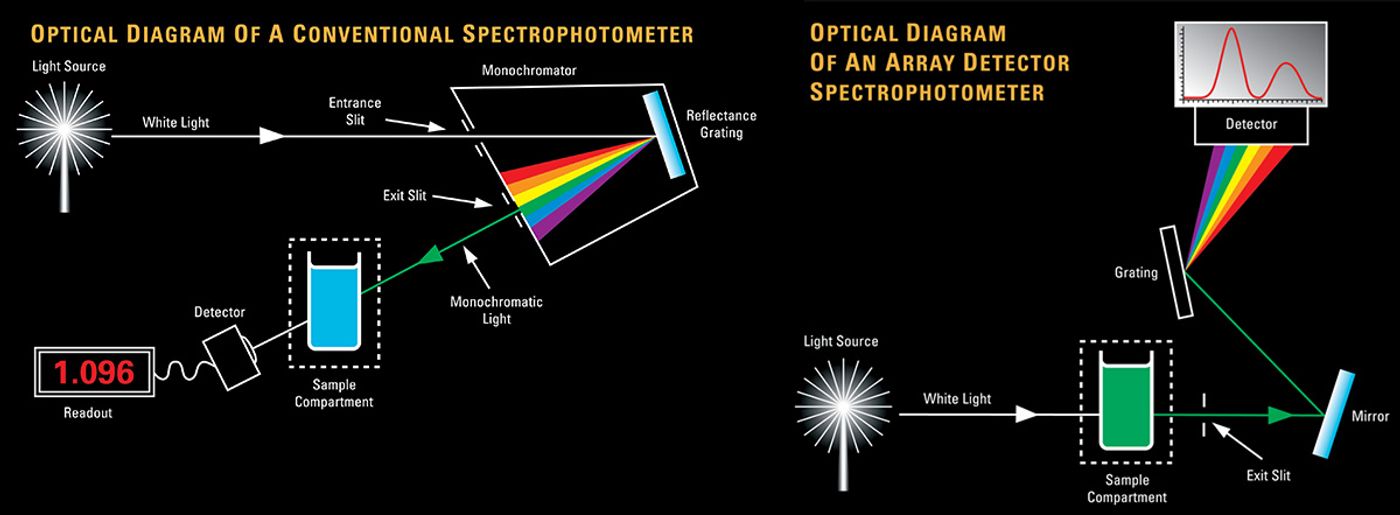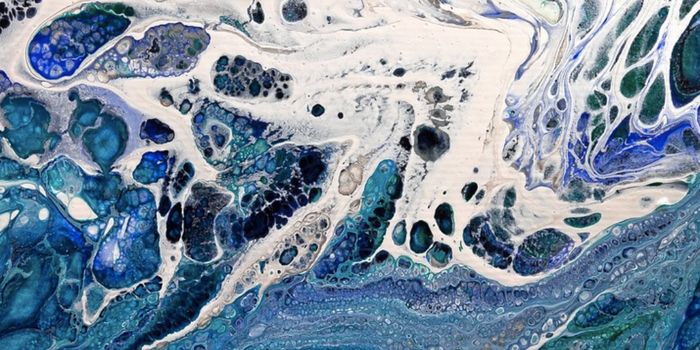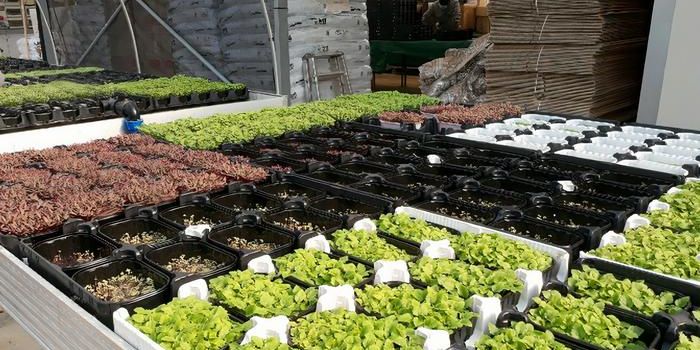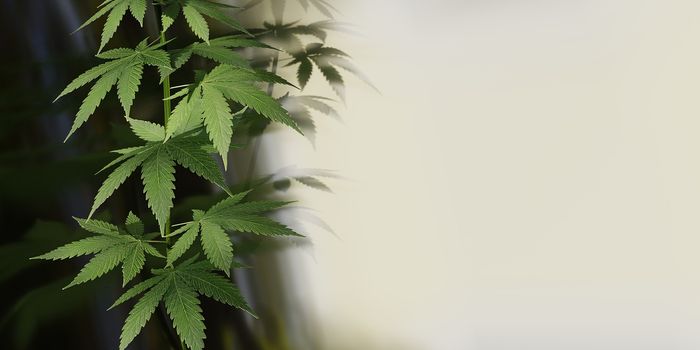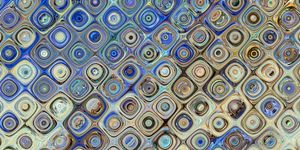See what's inside: UV-Vis for food or beverage analysis
Why choose UV-Vis for food and beverage analysis?
Food and beverage analysis requires methods to assess physical and sensory attributes, nutritional components, and ingredient, contaminant, and product compositions. Ultraviolet (UV) and visible (Vis) spectroscopy is a fast, non-destructive technique, requires minimal sample preparation, and can test quality, safety, and regulatory compliance across a broad range of liquids. Simplicity of analysis, cost-effectiveness, and a small footprint make a UV-Vis spectrometer well-suited for any organization or production line to ensure a healthier, cleaner, and safer product. Stand-alone instruments with general features like our smaller footprint GENESYS spectrometers) or instruments like our high-performance Evolution spectrometers are fit for any environment.
Science reveals the chemistry inside
UV-Vis spectroscopy measures the absorption of light to quickly reveal properties of liquids. Typically, a spectrophotometer has a light source directing light through a sample and a detector evaluating the intensity and nature of the light it receives. Conventional designs feature optics that pass a single monochromatic wavelength through a sample and a photodiode detector. Advanced instruments pass a polychromic white light through a sample and feature dispersive optics and an array detector to collect a full absorbance spectrum.
The energy required to cause photon absorbance arises when electrons move from ground to excited state is characteristic to a chemical species. This highly specific profile helps deduce the chemical composition of sample analytes. A common analytical method exploits the linear relationship between absorbance and the concentration of an analyte as described by the Beer-Lambert law, A=εbc (A=absorbance, ε=extinction coefficient, b=pathlength, c=concentration).
Practical applications
Colorimetric measurements can verify whether product quality is within specification. This applies not only to thin liquids (beer, wine, spirits, and others) but also to sticky, thick liquids (honey) and oily ones (palm oil). Honey color is linked to its floral source, mineral content, and storage condition. UV-Vis analysis requires transferring bubble-free honey samples into cuvettes, measuring absorbance at 560 nm, and multiplying the result by a factor of 3.15 to compare to the color ranges from water white to dark amber defined by the Pfund scale (USDA). For alcoholic beverages like wine, beer, and distilled spirits, UV-Vis can quickly assess quality, alcohol content, authenticity, and adulteration. Analyzing wine color can reveal info about its grapes, its age, and consistency among batches. Analysis can be adapted to accommodate undiluted and diluted samples with different pathlength options and combined with single wavelength or full-spectrum wine analysis methods (VISIONlite Wine Analysis) to expedite time-to-results. Similarly, beer color is not only an important sensory attribute but a key quality factor that can indicate process issues and define the beer type. Simple measurement requires a degassed, turbidity-free sample, and, for darker beers, a dilution. Testing during brewing can provide QC for raw materials, monitor the fermentation process, detect adulterants and false declarations, and yield labeling claim and legal limit data. Software, like our BeerCraft Software for GENESYS spectrometers, has 20 preprogrammed ASBC methods to simplify analysis and results. When it comes to distilled spirits, which often have unique spectrums in the UV region, spectroscopy can test for authentication and adulteration, with full spectrum chemometrics capable of discriminating among brands.
Powerful analysis, reliable results
UV-Vis spectroscopy is widely adopted across food and beverage industries and accepted by agencies around the world offers a low-cost means to assess quality, authentication, adulteration, and more. Food scientists can assess samples with spectrophotometers having general or advanced technologies paired with time-saving accessories and powerful software packages. This powerful, proven technique quickly provides reliable, detailed information about chemical analytes from process samples and final products to ensure composition, consistency, and safety.

